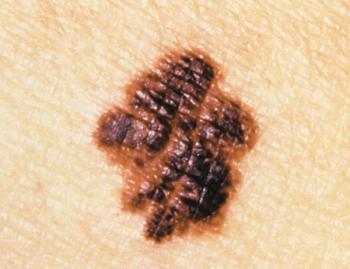
In patients with thin melanomas who are clinically node-negative, sentinel lymph node biopsy should be offered to patients with melanomas greater than 0.75 mm in Breslow thickness, according to the results of a recent study.

Your AI-Trained Oncology Knowledge Connection!


In patients with thin melanomas who are clinically node-negative, sentinel lymph node biopsy should be offered to patients with melanomas greater than 0.75 mm in Breslow thickness, according to the results of a recent study.
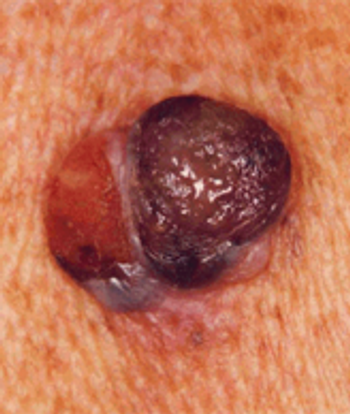
Researchers have identified a biomarker that may help physicians predict if patients with BRAF-mutant melanomas will respond to drugs designed to target BRAF.

Patients with cutaneous malignant melanoma were found to have increased their daily UV radiation dose not only while abroad or on vacation, but also on a daily basis, according to the results of a new study.

All of us treating patients with melanoma must educate our patients about the importance of participating in clinical trials with these new agents so that we can systematically validate the benefits and risks of these agents in prospectively defined patient settings.

Any minimization of therapy in the name of reducing morbidity requires careful consideration. Reducing morbidity in melanoma is certainly a laudable goal, but locoregional disease control and cure must remain our primary objectives.
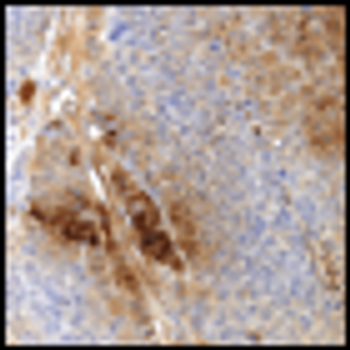
A 55-year-old woman with a history of metastatic melanoma in remission for 8 years presented to the emergency department with gross hematuria. A CT scan, ordered because the patient was in menopause, demonstrated a bladder tumor.

Here we review some of the most significant changes in the surgical management of melanoma that have reduced morbidity and thereby improved patient outcomes.
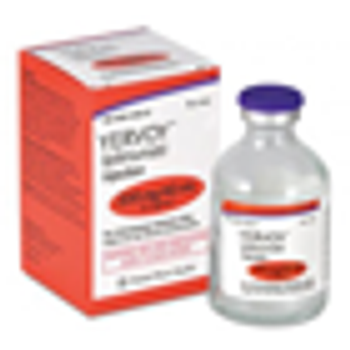
Patients with advanced melanoma treated with ipilimumab may be able to survive up to 10 years, according to the results of a study presented at the 2013 European Cancer Congress.
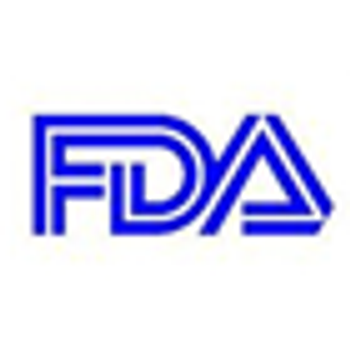
The combination of two oral targeted agents, dabrafenib (Tafinlar) and trametinib (Mekinist), has been given a priority review by the FDA for the treatment of BRAF V600-positive metastatic melanoma.

The use of GM2-KLH/QS-21 vaccination in stage II melanoma patients did not improve outcomes, according to the results of the EORTC 18961 phase III trial.

Older patients with melanoma were diagnosed with thicker melanomas, and experienced longer time to excision and a higher frequency of insufficient excision margins compared with their younger counterparts in a multicenter study in France.

A new study in early-stage melanoma patients shows that “self-eating” cells, or autophagy, can keep the cancer in check and may lead to a better prognosis.

Researchers found that circulating cell-free DNA could represent a possible predictive marker of response in advanced melanoma patients treated with dabrafenib.
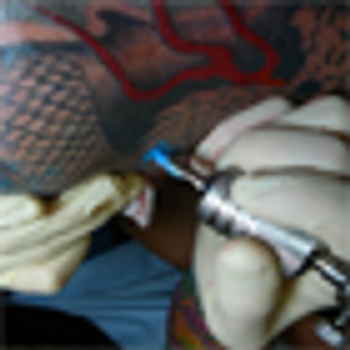
Melanoma can hide in pigmented tattoos, according to a new case report describing a young man with a malignant melanoma that developed within a large tattoo.
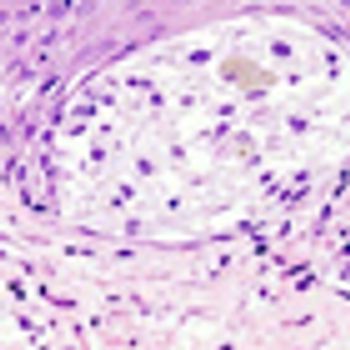
The results of two studies indicate that combining antibodies against the programmed death 1 (PD-1) receptor with an antibody against cytotoxic T-lymphocyte-associated antigen 4 (CTLA-4) improved treatment outcomes for patients with advanced melanoma, without a significant increase in adverse events.

There has never been a referendum on IL-2. True, in the era of paradigm-shifting therapies, IL-2 may be overlooked at times, but it must not be excluded from the conversation.

Ultimately, as agents in both VEGF-targeted and immunotherapy classes with lower toxicity rates are developed, questions of combination and sequence will inspire clinical investigations of strategies that, it is hoped, will maximize both the quantity and quality of life for patients with RCC. Melanoma therapy drug development continues to lead the way with regard to what is therapeutically possible with immunotherapy-and suggests that HD IL-2 continues to be relevant in today’s treatment landscape.
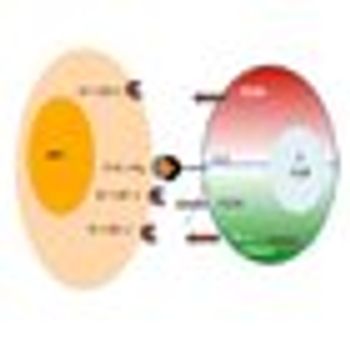
In this review, we examine the currently approved options available for these disease processes, including the newer agents and selected combinatorial approaches under investigation, and we attempt to identify the role of high-dose IL-2 in the context of current clinical practice.

Adolescent and young white men are at a more than 50% increased risk for death from melanoma than women of the same age, a new study has found. The researchers called the difference “alarming.”

Building on the landmark studies of the immunotherapeutic agent ipilimumab just a few years back, ASCO 2013 saw the presentation of truly impressive data on two PD1 blockers, as well as noteworthy studies of other immunotherapeutic approaches to advanced melanoma.

Remarkably, within 2 years of the introduction of ipilimumab and vemurafenib into the clinic, major new advances have been reported in both the immune checkpoint blockade and small-molecule kinase inhibition arenas.

We will absolutely need to continue our endeavors to evaluate reliable predictive biomarkers for both targeted drugs and immunotherapeutic agents to achieve a truly personalized melanoma therapy with the maximal clinical benefit.

Within the relatively short time that ipilimumab and vemurafenib have been commercially available, phase II data for the investigational agents nivolumab and MK-3475, for the combination of dabrafenib and trametinib, and for adoptive cell therapy strongly suggest even further improvements in treatment outcomes.
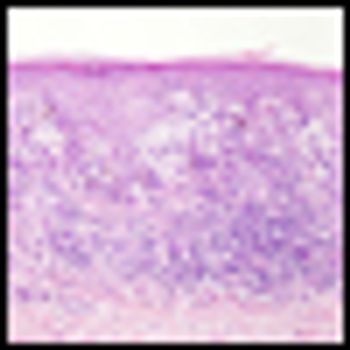
The FTO gene, which prior research has shown is strongly associated with obesity and body mass index (BMI), contains variants associated with an increased risk for malignant melanoma, according to the results of a genome-wide association study conducted by the GenoMEL consortium.

The MEK inhibitor MEK162 is the first agent to show some activity in patients with NRAS- and BRAF-mutated advanced melanoma, according to the conclusions of a phase II study, evaluating the drug’s safety and efficacy.